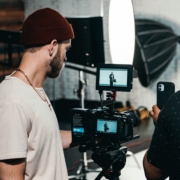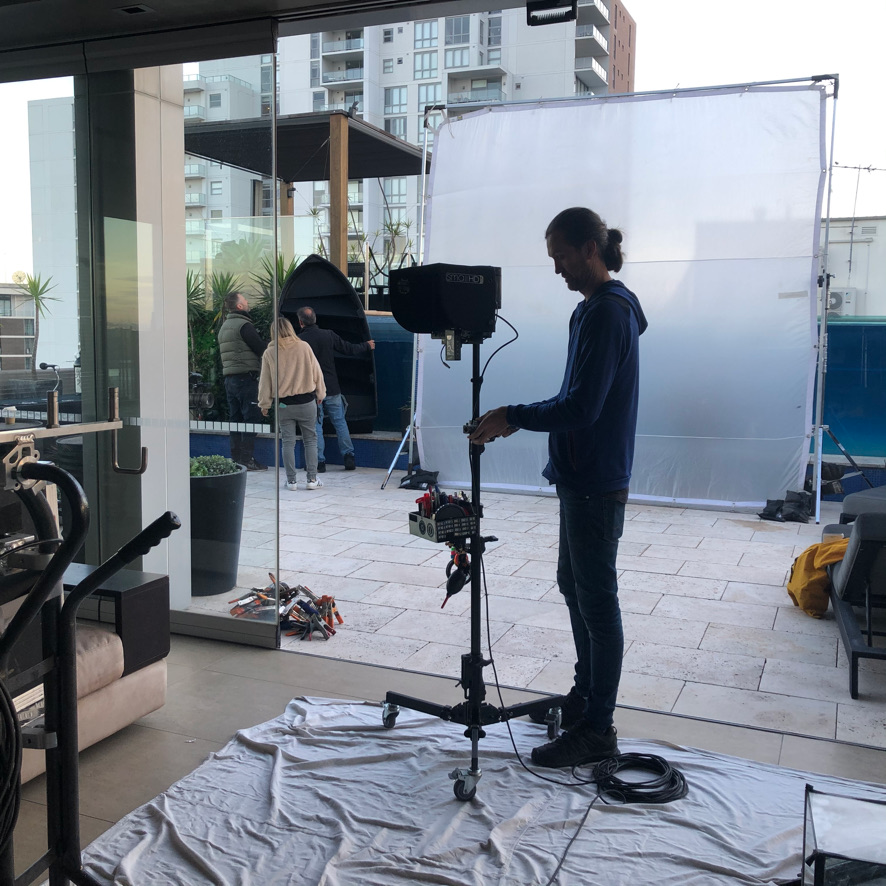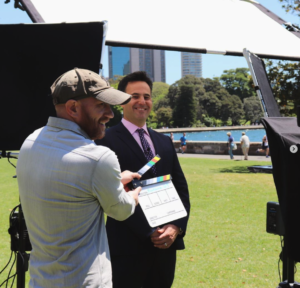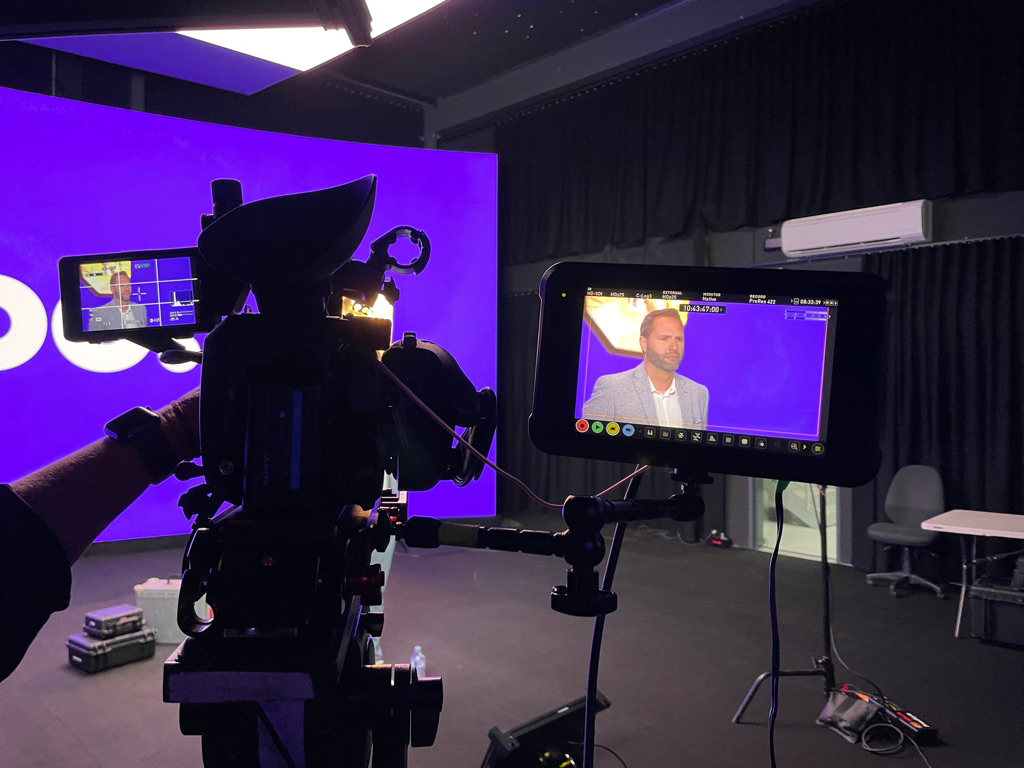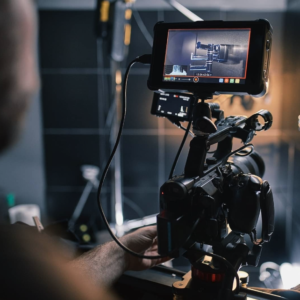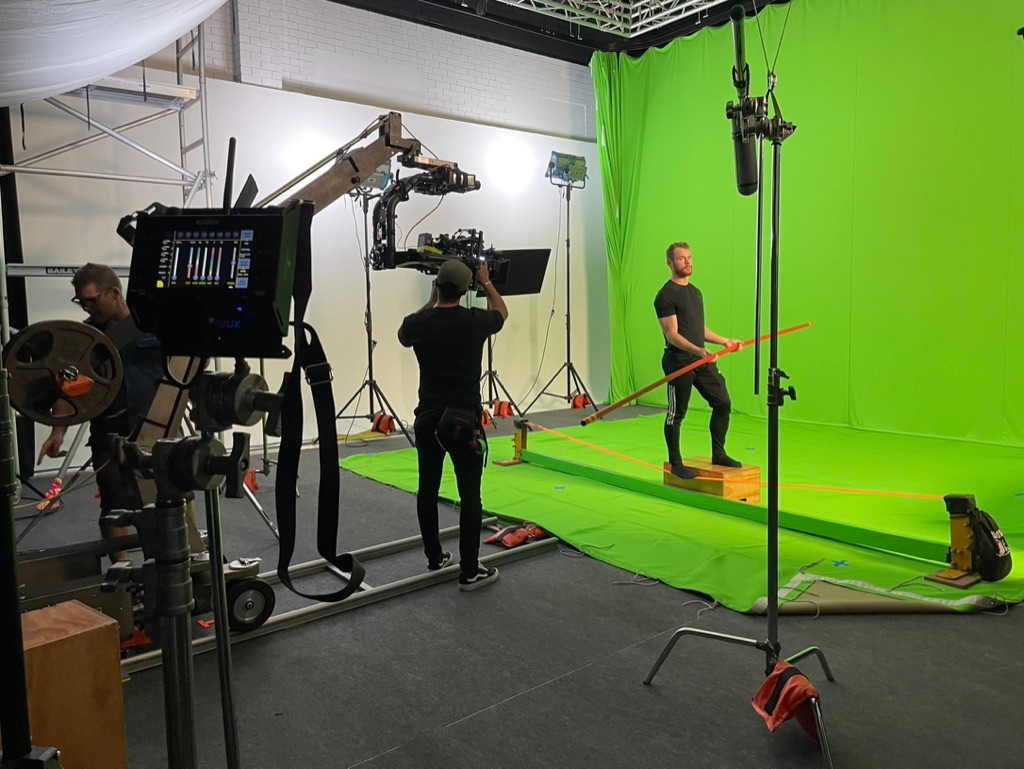Unlocking business success: Elevate your strategy with corporate videos
Corporate videos are powerful tools for businesses to connect with their audience. Understanding your customer journey and utilising video to retain, upsell or acquire new clients is a powerful tool. Research shows 91% of businesses use video as a marketing tool.
Depending on the business need, the content strategy and the positioning of the brand, it is important to understand how video can be used to reach the company’s marketing objectives. Corporate videos serve various purposes. Some videos are designed to attract new customers, while others are crafted to engage potential employees.
Corporate videos can take the form of branded short documentaries, customer journey videos, learning and product films, animation, branded short documentaries, and employee testimonials to promote brand awareness, products and exceptional customer service. It is important to carefully assess the message your company wants to convey and determine the most effective way to present it through video content.
5 benefits of including corporate videos in your marketing toolkit
-
Videos strengthen your brand identity
Corporate videos can help to build and reinforce a business’ brand identity. You can showcase your company’s values, products, and culture by crafting visually compelling narratives. Including consistent branding elements such as logos, slogans, and colour schemes reinforces brand recognition across various marketing channels. This cohesive approach brings confidence in your existing customer base and attracts potential clients who resonate with your brand’s values.
Understanding your customer journey is essential to creating video content to meet that demand.
Videos are a time-consuming and expensive exercise. Knowing what you want to
achieve is key and having a video partner who understands marketing strategy is essential to
your needs. A well-produced video not only captivates viewers but also positions your brand as a leader in your industry.
-
Videos increase client awareness and engagement
One of the key benefits of corporate videos is their ability to drive client engagement and conversion. Studies indicate that customers are more likely to buy from brands that use video content effectively.
By humanising your brand and showcasing real-life testimonials, you can create an emotional connection with your audience, fostering trust and loyalty.
Corporate videos can also serve as powerful lead-generation tools, guiding potential clients through the sales funnel with informative and engaging content. Whether it’s product demonstrations, customer testimonials, or educational content, videos offer a personalised touch that resonates with viewers on a deeper level.
-
Videos make your business more visible on search engines
Video search engines such as Google crawl through the web and systematically extract data from websites and online video platforms. By optimising your videos with relevant keywords and user-generated metadata such as titles, tags and descriptions, you can increase your chances of ranking higher on search engine results pages. When done correctly, corporate videos can play a crucial role in improving your online visibility.
Sharing your videos across multiple platforms, including your website and social media channels, also drives organic traffic and boosts your online presence. As users increasingly prefer video content, leveraging corporate videos as part of your SEO strategy can yield significant returns in terms of website traffic and lead generation.
-
Social media algorithms prefer video content
With platforms like Instagram and TikTok prioritising video content over static posts, incorporating corporate videos into your social media strategy is essential to maximise reach and engagement. Unlike static images or text posts, videos capture attention and drive user interaction, making them ideal for building brand awareness and fostering community engagement.
The shareability of video content further amplifies its impact, as users are more likely to share videos with their social networks, extending your brand’s reach organically. By creating captivating and shareable corporate videos, you can benefit from the viral nature of social media to amplify your brand message and connect with a broader audience – rather than spending on paid advertising.
-
Videos are impactful
When executed effectively, corporate videos can leave a lasting impression on viewers, driving brand recall and recognition. Professional production will make your video stand out and backed by compelling storytelling, it’ll create a memorable viewing experience that resonates with your audience long after they’ve watched the video.
Whether you’re showcasing a new product, sharing customer success stories, or communicating your brand’s values, video content enables you to captivate and inspire your audience like never before.
A few things to know before investing in corporate videos
-
Plan ahead
Planning is key to making sure that things go smoothly. Before diving into making your video, take some time to think it through. What’s the video’s main goal? Who from your team needs to be involved? What’s your budget and timeline? Working with a Creative Director and video production experts helps deliver what you need.
-
Find stories that grab your audience’s attention
Not all stories are created equally. Some will tug at the heartstrings more than others, some will be funny, and some will be action-packed. Video production is an investment, so it’s important not to waste resources on a video that doesn’t resonate with your audience. Focus on the messages that matter most to your viewers. Stories from exciting or unusual industries will often have more impact than those from more typical ones.
Not sure how to explain your skills in a way that people will understand? Employees who are comfortable in front of the camera and are passionate about your company are more likely to shine. Think about how your expertise can solve everyday problems or answer common questions. Keep it short and sweet.
-
Spread the word about your video
Creating your video is just the first step. Getting it out there for people to see is just as important. Many filmmakers say that a movie isn’t finished until it’s been watched by an audience, and the same goes for your brand video.
Share it on social media, your company website, and in your email newsletters. YouTube is the most popular platform for hosting videos, after Google and sometimes TikTok. Take advantage of its reach.
You can also think about reaching out to publications other than social media, especially smaller industry-specific ones that might be looking for video content. Larger publications might also be interested in featuring your video. Either way, getting your video in front of new people is a great way to get the word out about your company.
Do you have any questions? Let’s chat!
Are you ready to get started? Contact our experienced video team and we can start creating together! Email us at info@admedia.net.au or call +61 416022287.





